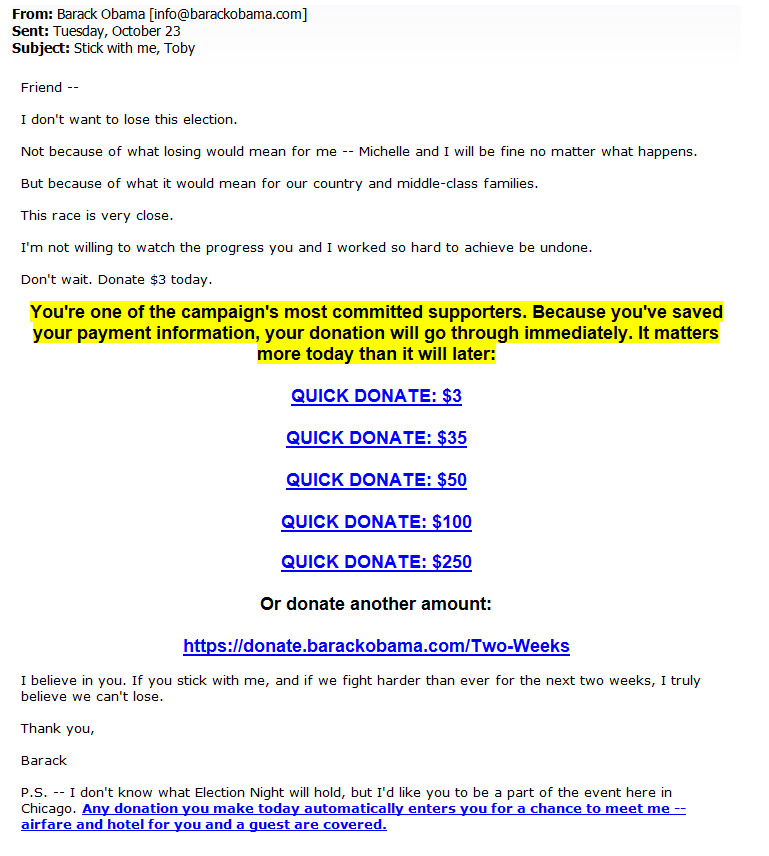CASL.
You might think the “C” stands for confusion, or perhaps concern, at least on the part of marketers.
 Those letters stand for the Canadian Anti-Spam Legislation. This law applies not only to Canadian companies, but email marketers anywhere in the world sending messages to Canadian subscribers.
Those letters stand for the Canadian Anti-Spam Legislation. This law applies not only to Canadian companies, but email marketers anywhere in the world sending messages to Canadian subscribers.
Since this is probably the strictest spam law ever, marketers are growing concerned. Because marketers aren’t lawyers, many are also confused about what they actually have to do.
I’ve spent the past few weeks gleaning insights from experts in the field, and here’s what I’ve learned so far.
Lesson #1. A blog post is not a legal opinion
Some marketers have been reading blog posts and other content to try to understand what they must do to comply with CASL.
No piece of content can replace legal advice, including this blog post. If you think there is legitimate exposure for your company, the best thing to do is get legal advice.
CASL is a law, not just an industry best practice or a good idea. If your company breaks the law, it can be legally liable and punished. As with any law, ignorance is not a legal defense.
According to FightSpam.ca, “Penalties for the most serious violations of the Act can go as high as $1 million for individuals and $10 million for businesses.”
The Canadian Radio-television and Telecommunications Commission (CRTC) is chartered with enforcing the act.
That said, I’ve included some related reading at the end of this blog post in the “You may also like” section to help you dive deeper into this complex regulation.
Lawyers aren’t the only place you can get some help.
“Become informed and stay on top of it. If you are using an ESP and they are providing any sort of CASL assistance, take advantage of it,” suggested James Koons, Chief Privacy Officer, Listrak.
Lesson #2. Don’t overreact
Trusting any blog post or other content at this point is especially fraught because, while CASL is law, interpretation and enforcement of the law is still ongoing. It’s still all very new.
“I think you have to use some common sense.”
That’s what Shaun Brown, a lawyer and partner at nNovation LLP, a Canadian law firm, advised when I spoke with him about CASL. Shaun also went on to say:
Fortunately, the government decided to delay the private right of action, because the private right of action is a whole other ballgame. It creates incentives for lawyers to find technical violations. The CRTC, we have to assume and I do believe that they’re going to be reasonable and it’s not their goal to try and catch legitimate businesses in technical violations or in a gray area and to really try to punish them. I think it’s going to be their goal to try and reduce some of the worst practices we see out there.
So where there are a lot of gray areas, I don’t want to see people being scared to use email marketing because of these gray areas and lack of certainty. We do have to have a little bit of faith and assume that the CRTC is going to be reasonable on some of these issues.
Lesson #3. Keep doing the basics
There are a few basics in how you send your emails that you should be doing anyway, thanks to CAN-SPAM and being a savvy, successful and ethical marketer who cares about deliverability.
I say should, because last time we surveyed marketers about their email practices, only 62% provided an easy unsubscribe process – as the rest simply beg recipients to hit the “SPAM” button and cause major deliverability problems.
Does your email template (perhaps in the footer) include:
- The ability to unsubscribe?
- Your company’s physical address?
- An email address, telephone number or Web address?
Lesson #4. Understand the two types of consent
Implied consent and express consent.
Implied consent tends to be when you’ve had a business relationship with recipients in the past, like a purchase or donation.
Express consent is when they specifically opt-in to your list. It’s a good idea to check your opt-in forms and make sure you are now getting express consent.
“Make sure you put expiration processes in place to remove subscribers that you are unable to get express consent from, or when the time limit for implied consent runs out. Basically, you should have a solid, auditable process in place that shows your CASL compliance in the event of an enforcement action,” James said.
Read more…











